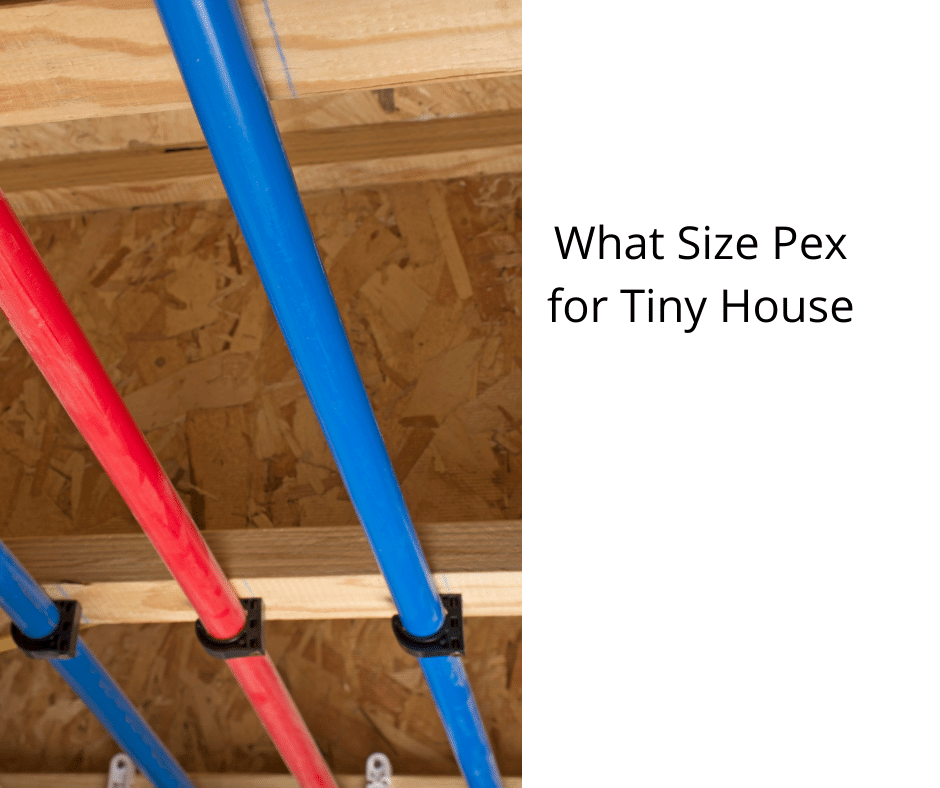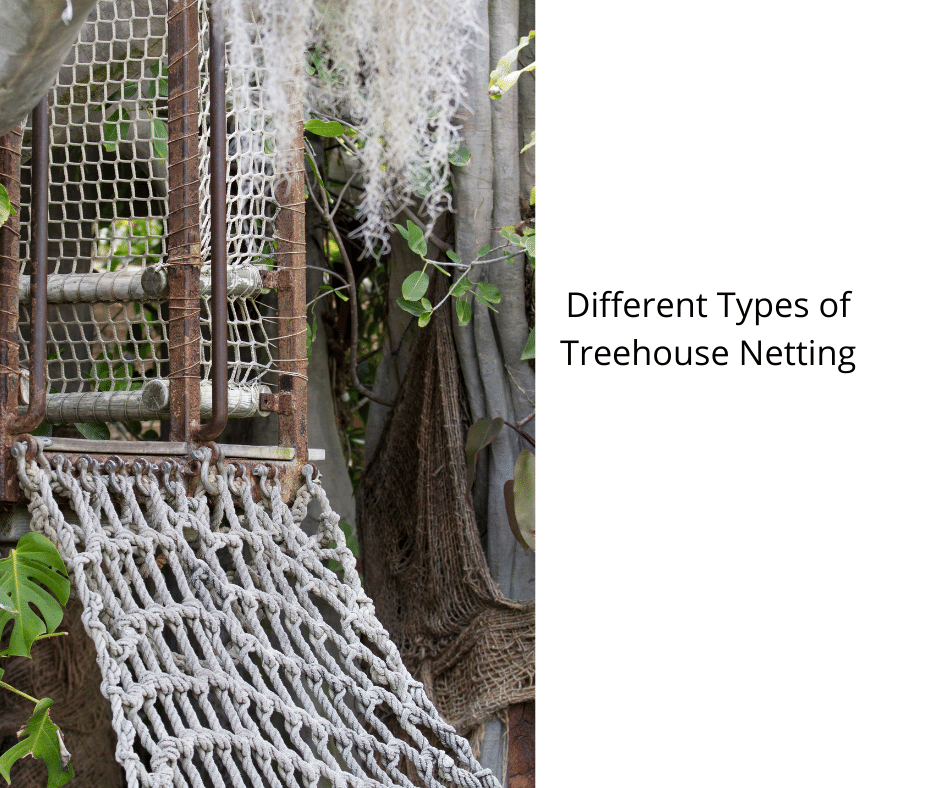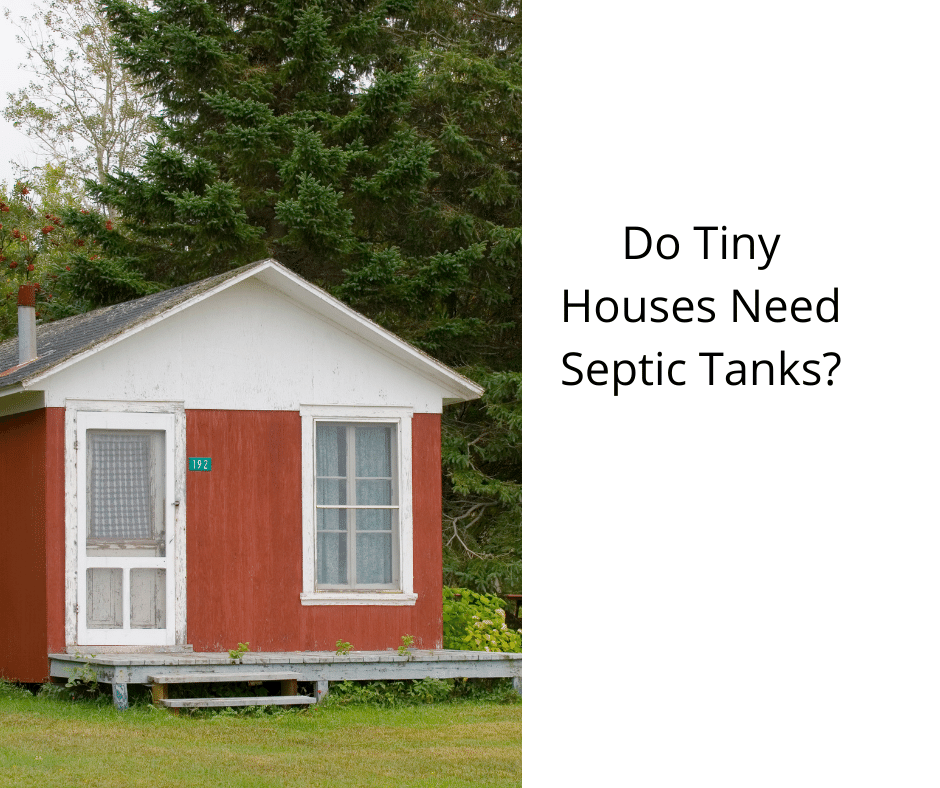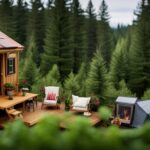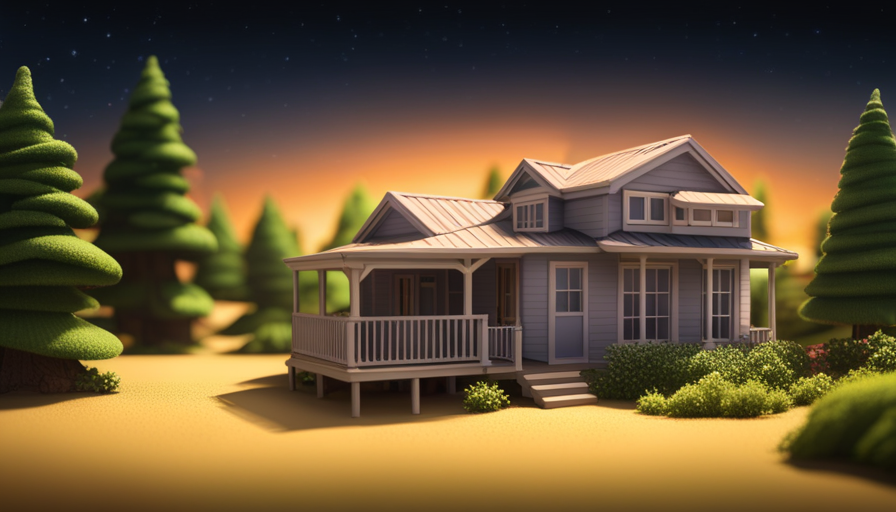If you are currently building a small home, you may be thinking about the right PEX pipe size needed for plumbing. Thankfully, PEX is easy to work with, making plumbing in your tiny home much easier. Additionally, PVC drain lines are important for your small house. Even though these installations will be short, it is vital to choose the correct size for your project. Using PEX can make the plumbing installation simpler and save money.
Plumbing System for Tiny House
The most important part of the plumbing system in a tiny house is the freshwater tank. Freshwater tanks are usually the largest tanks in a tiny house, and are designed to hold enough clean water to last at least a week. Freshwater tanks come in a wide variety of sizes, but most will hold 20 to 100 gallons. Freshwater tanks aren’t usually included with a tiny house, but you can add one if you choose.
In rural areas, you can hook up your tiny house to your local sewer system. If you live in an urban area, you can hook up to the public sewer system. Otherwise, you can install an external system. Both of these options are expensive and require a considerable amount of space. If you’re going off-grid, you’ll want to leave these hookups behind. However, foot pumps are an inexpensive and flexible option.
The first step to designing your plumbing for a tiny house is estimating your water consumption. This will allow you to determine if you can use a black water tank and composting toilet or a toilet that burns garbage. Then, you’ll need to decide which type of plumbing system best fits your lifestyle. The next step is to plan the location of the sink. In most cases, you can place the sink on one side of the tiny house. However, you’ll need to take into consideration that you’ll have to connect the sink and shower to each other.
Plumbing for a tiny house comes in two flavors: on-grid and off-grid systems. On-grid systems require a permanent source of water, usually a water tank. Off-grid systems depend on portable tanks to collect water and waste. A hybrid system is recommended for travelers who don’t want to live completely off-grid. A hybrid system will allow you to hook up to utilities in a campground or RV park.
Calculating Water Flow
When building a tiny house, one of the most important considerations is water flow rate. Luckily, there are several ways to calculate the amount of water you will need to fill the containers. One method involves using a pressure gauge and Poiseuille’s Law. In order to calculate water flow rate, you will need to measure the pressure of water at two points. Take the pressure at the first point, subtract it from the second, and multiply it by radius to the fourth power or Pi.
There are three methods for calculating household water flow. Some of these involve math while others use simple formulas. One method involves multiplying the number of people living in the house by their average water usage. In addition, it is important to keep in mind that you may not use the shower daily or every other day. Once you know how much water you will use daily, you can calculate your water flow rate for your tiny house.
One method involves measuring the flow of water through each fixture in your house. Then, use a timer to fill five gallon buckets, one station upstream and one downstream. Afterward, you can divide the total time by 1000 or a hundred and then multiply the total time by the cross-sectional area of your tiny house to find the water flow rate. Once you know the rate of water flow, you can start planning the rest of your tiny house’s systems.
One of the biggest water uses in a tiny house is gardening. Depending on the size of your garden, you may need 15 litres of water a day for this task. But if you plan to grow your own food, then you will also need a garden in order to produce food. Using a hand hose or a water metered system can help you to control your water budget. The water budget will go up during summer when there is no rain.
Sizing PEX Pipe
There are several factors to consider when sizing PEX pipe for your tiny house. The pipe size will depend on the fixtures in the bathroom and kitchen. For example, if you are using a bathroom sink, you will need a smaller pipe than if you are using a kitchen sink. The length of the pipe will determine the pressure required to run the plumbing system. The longer the pipe, the less water flow it will provide.
The first step in plumbing your tiny house is to install the supply line. Often, this will be done before you install the interior siding and insulation. Generally, you can use 1/2” PEX pipes for supply lines. In some cases, you may want to use 3/4″ pipes. Regardless, the size of the supply pipe is sufficient for most tiny houses. PEX is an excellent choice for small homes because it is cheap, easy to install, and doesn’t require expensive tools.
If you want to put in a bathroom and kitchen sink, you should use 3/4″ oxygen barrier PEX pipe. You can also install the pipe in an underside location, but you should be careful with this as well. PEX is not very flexible and can be kinked. A 3/4″ line cannot be bent more than seven inches. You can buy PEX bend supports to make sure you don’t damage the pipe.
You can use a number of different fittings for PEX pipes. Push-fit fittings are the easiest and quickest to use. These fittings simply slide onto the end of the PEX pipe. These fittings are designed to snap into place with the push of a button. You don’t need a tool to use them, although you might need a magnet if you make a mistake.
Insulation Against Freezing
It is very important to use the proper insulation for your home. It will help to keep your home at a comfortable temperature all year long. There are different types of insulation, and the best type for your home depends on your own needs. Read on to learn more about the benefits of insulation and how to choose the best type for your tiny house. Here are some tips to get you started. Insulation for your tiny house is crucial for the health and comfort of your home.
First, consider the climate of your tiny house. If you live in a particularly cold climate, make sure you choose a suitable insulation for your home. You can purchase this at any hardware store and it can cost anywhere from $100 to $150. You can also install support pieces like cinder blocks or wood to protect the insulation from the wind. Make sure to use all-weather duct tape so you can remove it in the spring.
In addition to insulating your tiny house, you should also protect the pipes in your home. Water pipes are exposed to freezing temperatures and will not work unless they are protected. This problem can lead to bursting pipes. Therefore, it is imperative to protect the pipes from freezing. If your tiny house is connected to a main water supply, you can place a water tank onboard to prevent the pipes from freezing. Alternatively, you can wrap the pipes in a heated hose and bury them under the ground.
Another important piece of insulation for your tiny house is heat tape. This type of insulation can be installed on the water tank or on the water heater water line. The heat tape is effective at recovering heat and sending moisture out. If you do not want the pipes to freeze, you can install insulation foam on the inside of the tiny house. Heat tape will also protect the pipes from freezing. If you plan to use a hot water heater, you should also consider installing a heated cable or a heating pad underneath the trailer.
Getting Water out Of Tiny House
In a tiny house, the main problem is getting water out. This problem can be very frustrating. Many people opt to use chemicals to break up waste and reduce the smell. However, if you are going for a more natural off-grid lifestyle, a composting toilet is a good choice. This alternative is environmentally friendly, and you must dump the compost every few weeks. This solution also has a minimal smell and requires no maintenance.
Getting water out of a tiny house requires more work than a regular house. First, you’ll need to find a source that is clean and safe. If you plan to use a main supply, you’ll need to connect the tiny house to the city’s main water line. Water is a necessity for living, so it’s important to find a clean source and make sure that it is filtered. You can also use a tank to store water. However, a tank will take up a lot of space.
Using portable water containers is a great solution if you’re off the grid. You can fill these containers up at a clean source and haul them back to your tiny house. You can then pour it into the tiny house’s water inlet point, which is similar to a hose point. You’ll probably need a funnel to pour the water in. However, it’s the best option if you’re considering living off the grid.
You can also use a municipal water supply to fill up your water tank. But this method is best suited to rainy regions. Most tiny houses are self-sufficient. And you can easily move them from one place to another if you need to. You can also use rainwater harvesting for additional water. In a small house, you can use a water hose to collect water from a stream or pond nearby.
Hi, I’m Emma. I’m the Editor in Chief of Tiny House 43, a blog all about tiny houses. While tree houses are often associated with childhood, they can be the perfect adult retreat. They offer a cozy space to relax and unwind, surrounded by nature. And since they’re typically built on stilts or raised platforms, they offer stunning views that traditional homes simply can’t match. If you’re looking for a unique and romantic getaway, a tree house tiny house might just be the perfect option.
